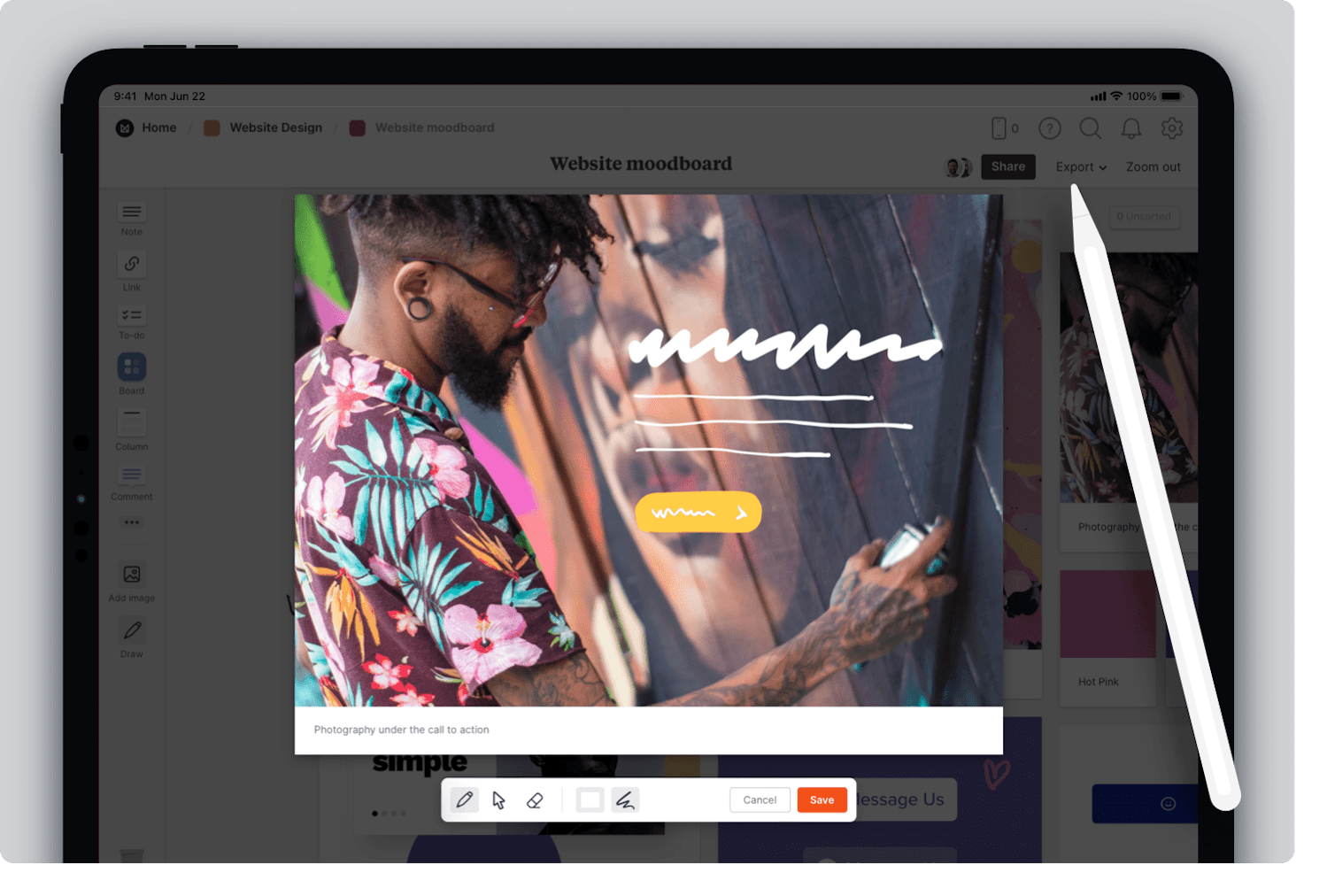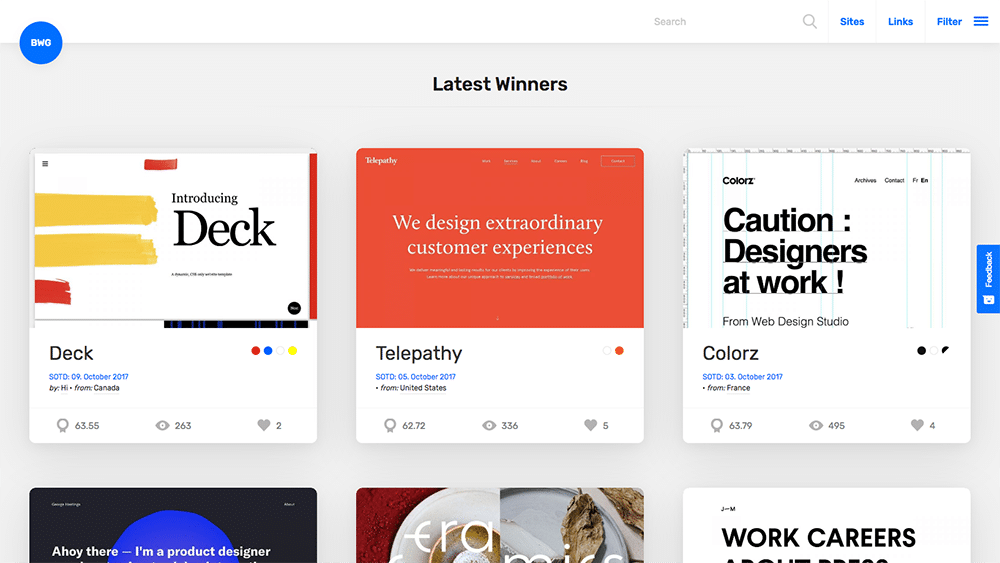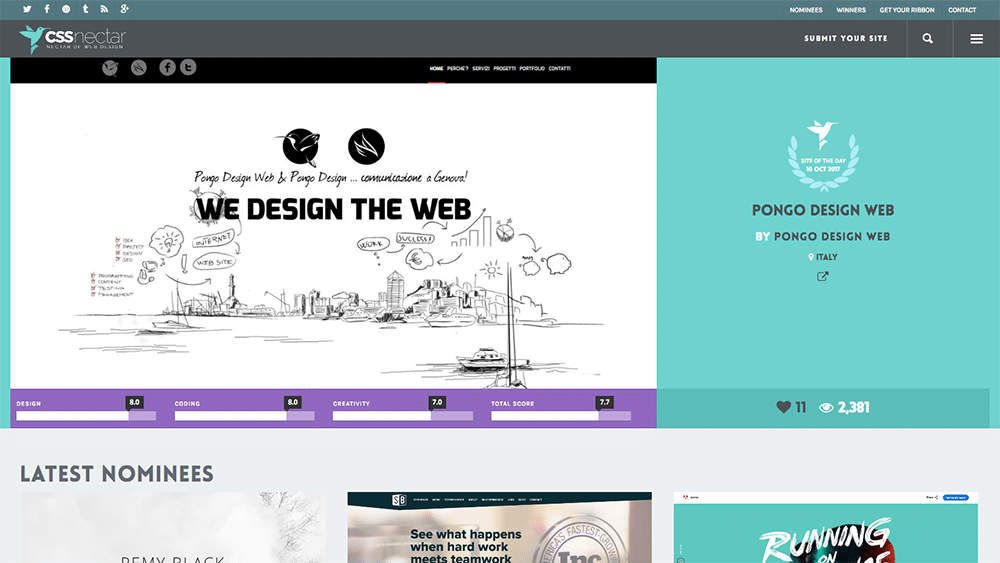DIY Website Style: Tips and Tools for Structure Your Own Site
In today's digital landscape, the capacity to develop your own internet site has actually ended up being increasingly easily accessible, yet several individuals stay uncertain concerning where to start. Developing clear purposes is critical, as it notifies your style choices and ensures positioning with your general vision. Furthermore, choosing the suitable system can significantly impact your site's capability and user experience. Nonetheless, recognizing the important design principles and devices offered can additionally equip your DIY journey. As we explore these elements, you'll uncover essential insights that can streamline your procedure and boost your internet site's effectiveness.

Understanding Your Website Goals
Establishing clear internet site objectives is an essential step in the DIY website style procedure. These goals serve as the foundation for every decision made throughout the style trip, influencing design, content, and performance.
To create efficient goals, think about using the SMART standards-- Details, Quantifiable, Possible, Relevant, and Time-bound. By developing goals that satisfy these standards, you can guarantee they are realistic and actionable. For circumstances, rather than an obscure goal like "increase web traffic," objective for "boost monthly visitors by 20% within six months."
Consider their behaviors, demands, and preferences to customize your site to reverberate with them. Ultimately, distinct web site objectives will certainly improve the layout procedure, enabling you to create a website that effectively fulfills your goals and serves your target market efficiently.

Selecting the Right Platform
Choosing the appropriate system for your do it yourself internet site is an essential choice that can dramatically affect your layout procedure and general success. With various alternatives available, it's vital to examine each system based on your details requirements, technical abilities, and long-term objectives.
Content Monitoring Equipment (CMS) like WordPress supply versatility and a broad selection of plugins and styles, making it ideal for various kinds of web sites. However, it might call for a steeper knowing contour for beginners. Alternatively, site contractors such as Wix or Squarespace offer easy to use user interfaces that permit fast configuration and design, yet they might do not have advanced customization options.
Consider your budget plan, as some platforms have free variations with limited features, while others involve regular monthly costs. Furthermore, analyze your website's scalability; select a platform that can grow with your company. If shopping is a priority, look for platforms especially designed for on-line sales, such as Shopify.
Inevitably, the right platform needs to straighten with your technical effectiveness, budget constraints, and certain site objectives, making certain a smooth design and development experience. Take the time to study and contrast options to make an informed choice that finest fits your vision.
Necessary Design Principles
After choosing the ideal platform, the following step entails applying fundamental layout concepts that will certainly enhance the capability and appeal of your website. Prioritize simplicity; a tidy and clean design enables visitors to focus on your content without disturbances. Make use of a consistent color design and typography to produce a natural appearance that reflects your brand identity.
Additionally, make certain that your site is easy to use by implementing instinctive navigating. Clear menus and sensible page power structures will certainly direct customers to their preferred details quickly, boosting their general experience. Stressing aesthetic power structure through spacing, dimension, and color helps straight interest to crucial elements, such as calls to action or crucial messages.
Test your style on mobile, tablet, and desktop styles to assure a seamless experience. By sticking to these crucial design concepts, you will certainly produce a useful and cosmetically pleasing internet site that successfully engages your audience.
Recommended Tools and Resources
Building a website calls for not just imagination yet also the right tools to bring your vision to life. A strong structure starts with a dependable site contractor such as WordPress, Wix, or Squarespace. These systems offer user-friendly user interfaces, personalized templates, and durable assistance for my blog various capabilities.
For those seeking even more control, a code editor like Visual Studio Code or Sublime Text can be vital. Such tools enable direct manipulation of HTML, CSS, and JavaScript, permitting an extremely tailored layout. In addition, visuals design software application like Adobe XD or Canva can assist in creating eye-catching visuals, logos, and graphics that improve your site's aesthetic charm.
To enhance your site for internet search engine, consider using devices like Yoast search engine optimization or SEMrush, which direct you via finest methods for on-page optimization. For analytics, Google Analytics is necessary for tracking individual behavior and determining the performance of your style selections.
Lastly, stock picture sources such as Unsplash or Pexels supply high-grade images that can enhance your content without compromising on speed or performance. By leveraging these tools and sources, you can improve the site design process and create a compelling on-line presence.
Examining and Introducing Your Website
Effectively launching a web site requires mindful screening to make certain everything functions smoothly and meets user expectations. Begin by performing extensive performance tests, verifying that all links, forms, and interactive aspects are functional. Utilize devices like Google Analytics to track customer interactions and identify any type of prospective problems.
Next, analyze your website's performance throughout numerous gadgets and browsers. Responsive design is essential; consequently, examine how your site shows up on mobile phones, desktops, and tablet computers.
Do not neglect use screening, which includes gathering responses from real users. This can expose areas for enhancement and aid improve navigating and content layout. In addition, guarantee your website is maximized for internet search view website engine by implementing search engine optimization ideal techniques.
Verdict
Finally, effective DIY internet site style needs a strategic method incorporating clear goal-setting, mindful system selection, adherence to crucial design concepts, and the use of recommended sources and tools. Comprehensive testing before launch is crucial to make certain optimal capability and individual experience. By adhering to these guidelines, people can develop a interesting and professional online visibility that fulfills their objectives, ultimately boosting their visibility and performance in the electronic landscape.
Establishing clear web site objectives is a basic step in the DIY web site layout procedure. Inevitably, well-defined site goals will certainly streamline the style procedure, enabling you to create a website that effectively meets your objectives and offers your audience efficiently.
After selecting the right system, why not try these out the following action entails using foundational layout principles that will enhance the functionality and appeal of your internet site (Website Design). By sticking to these essential layout principles, you will certainly develop a practical and aesthetically pleasing website that effectively engages your audience
